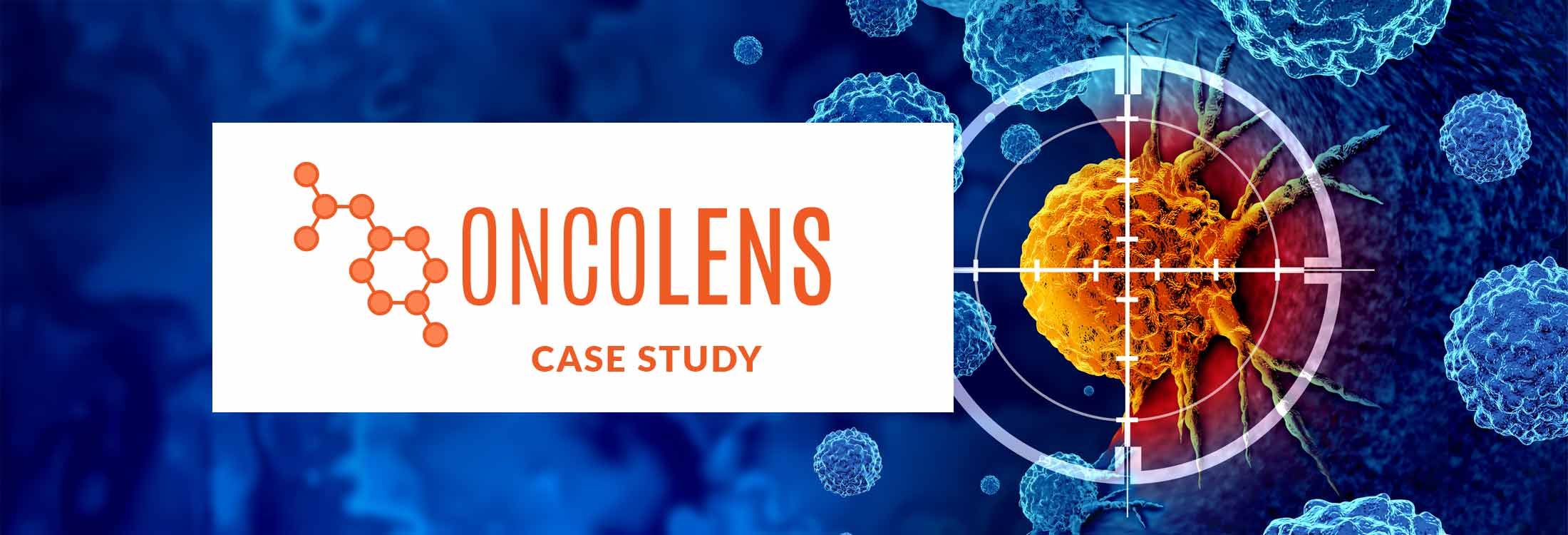What Does Medicine’s Changing Demographic Mean for Healthcare Technology?

The millennial generation is now the largest component of the workforce. As more millennials begin their careers and Baby Boomers continue to retire, the generational picture is changing. This change extends to medicine as well. As the demographics change, so will the attitude of doctors toward technology. According to American Medical Association data, 15% of the total number of physicians is under age 35. Other organizations confirm this statistical trend. Approximately 25% of the American Academy of Family Physician’s active membership is age 39 or younger. Twenty-five percent of the American Osteopathic Association’s membership is 35 or younger. With the shift in demographics of the workforce, the way workers complete their tasks is changing.
How does this generational shift affect healthcare? Millennials are the considered the first digital natives. Born between 1981 and 2000, they have grown up surrounded by technology. This experience creates an expectation to integrate technology into the workplace. Millennials differ from previous generations in their approach to healthcare, seeking to educate themselves from multiple sources. These differences extend to doctors as well. While older doctors are resistant to technology, including Electronic Health Records (EHR), millennial physicians acknowledge that EHRs are an asset to providing quality patient care. Millennial physicians also are more data-driven, looking to evidence-based medicine to direct their patient care decisions. Younger physicians are more receptive to looking up information during patient encounters, using their phones or built-in plugins in the EHR.
Younger physicians are more likely to incorporate newer forms of technology into their practice. Social media use is more likely with younger physicians. Twitter is popular as both an information source and as a way to distribute information. Younger doctors are willing to collaborate over social media.
The use of technology extends to the actual practice of medicine. The traditional office visit is being transformed with the implantation of telemedicine. A 2018 survey of physicians reports that 18.5% of physicians practice some sort of telemedicine. Telemedicine visits can be used to provide primary care to patients or to bring specialized healthcare to underserved areas and populations. The use of telemedicine is project to rise as 60% of millennials support the use of telehealth options.
The acceptance of technology by all physicians will be a prerequisite to the future of healthcare. Patients will also drive the inclusion of technology into healthcare. Salesforce’s 2015 survey of the State of the Connected Patient shows:
- 50% of millennials are interested in cutting edge devices as part of their health experience.
- Over 60% are interested in wearables.
- More than 70% of millennials are interested in using their mobile devices and mobile apps as part of their healthcare experience.
- 71% would like their doctor to use a mobile app
Technology has the opportunity to assist physicians in providing relevant and up-to-date care. The current average hours worked for physicians is 51.4 hours per week. Of those 51.4 hours, 11.37 of them are using for completing paperwork. Leveraging the power of technology could give some of those hours back to the physician. Automating workflows and creating standard order sets and treatment plans would allow physicians to easily incorporate new scientific discoveries across all patients along with saving time.
For those physicians and healthcare staff working in oncology, the administrative burden is large. Adhering to accreditation standards and participating in cancer care conferences requires coordination of large amounts of information. Employing a platform that allows all participants of the tumor board conference to interact in real time and incorporates the ability to connect remotely from a smart phone can decrease the time involved. By simplifying the process and creating an environment for collaboration, technology facilitates improved care for patients. A recent case study showed how one hospital decreased tumor board preparation time from 10 hours per meeting to only one hour. This benefit extends to the entire team, not only physicians. Using a platform such as OncoLens, tumor board members have the ability to enter information from their smart phone and access the information that others have provided. Providing the ability to attend tumor conferences remotely by using the app, OncoLens increases the collaborative environment. OncoLens has the ability to integrate into existing EHRs or collate information from different systems and locations. The platform documents treatment discussions, provides current treatment protocols, screens for clinical trials, and incorporates survivorship care plans and provides access to this information for all care team members. All functions are Health Insurance Portability and Accountability Act (HIPAA) compliant, safeguarding private health information (PHI) of all patients.
All of the medical community will need to become involved in these technologies to remain relevant as our demographics change. The continued introduction of technology into the healthcare space will transform the provision of healthcare, resulting in better and more efficient care for all.



